2023 Lexus RZ 450e Review: Coulda Been a Contender

Love It | Leave It |
|---|---|
Smooth ride | Sub-par range |
Quality cabin | Pricey for what it is |
Trick moonroof | Other lux EVs simply do it better |
Two hundred and seven. Or a little shy of one hundred and twenty-nine.
Those are the estimated ranges, in kilometers and miles respectively, that the 2023 Lexus RZ 450e is showing when I pick it up. It’s a windy December evening and the mercury is hovering right around the freezing point. I know that the estimate isn’t just reflective of the temperature but how the car was recently driven—something I don’t know—yet that’s of little comfort.
When I first drove the RZ back in February, the impression was that while it couldn’t compete on numbers, it retained the core Lexus experience that makes buyers so loyal to the brand. After spending a week with it however, I’m just not convinced the RZ measures up.
What’s new?
The RZ arrived this year as Lexus’ first all-electric model. It shares its e-TNGA platform with the Toyota bZ4X, along with the same 71.4-kilowatt-hour battery pack. The Lexus uses a unique dual-motor setup however, pulling the 150-kW electric motor from the front-drive bZ4X and pairing it with the 80-kW unit found on the rear axle of the all-wheel drive model. The combined output is 308 horsepower, with a reasonable 320 pound-feet of torque.
Single-charge range starts at 220 miles (354 kilometers) for the base model rolling on 18-inch wheels, and drops to 196 mi (315 km) on the 20-inch alloys you see here. Or at least, as the introduction alluded to, that’s the intent.
In terms of size, the RZ is within a few inches of the popular RX in just about every measurement. The electric option cuts a similar profile too, though featuring a lower roof, more rakish rear window, and a lower-profile nose. The latter sees a plastic fill for most of the “grille” and, in the case of this tester, the two-tone paint continues up over the hood for the latest evolution of the spindle grille. It feels like faint praise to say this is the prettiest of the e-TNGA cars, so I’ll go further and say the RZ is handsome. Especially the interior.
Flying first class
The RZ cabin doesn’t do anything too dramatic—it just does it so well. The dashboard is a simple, straightforward design, nicely low-profile for good visibility. A big, 14.0-inch touchscreen sits front and center, with air vents capping it and the instrument cluster cowl. A wide center console houses the weird, screw-type shifter, pair of cupholders, and a wirless charger. Underneath is a useful cubby to stash odds and ends or a clutch.
Fit and finish is faultless, the RZ featuring the sort of tight and consistent material gaps that forced all the traditional luxury brands back to the drawing board 30 years ago. The color combo is “Thunderstorm;” a more muted take on the gorgeous look found in the LC convertible. The cream leather, cool blue-gray suede, and tasteful slivers of wood deliver a satisfying update on traditional luxury, and one that can be more palatable than the somewhat maximalist cabin of the Genesis GV60. The near-silent operation of the power seats and windows is another touch that elevates the RZ experience. Finding a comfortable, supportive driving position is a cinch.
Sure, the ability to turn the moonroof glass frosted at the press of a single button is a little gimmicky—but it never fails to wow passengers. On the other side, not a single person liked the electric door handles, finding them awkward and of questionable additional safety value.
Space is good too, even in the back, where there’s decent headroom for adults.
Useful tech
Navigating through the big touchscreen is easy enough, since most menus don’t require more than a poke or two. Wireless Apple CarPlay and Android Auto are both standard; the former works without a hitch, though it almost never restarts my audio. Lexus also makes it unnecessarily hard to flit between the native and phone setups, though a future update is rumored to fix this. Voice commands are also do-able: they’re accurate but slow in their initial response. As is the case with most Toyota and Lexus products, many of the remote features like Safety Connect and destination assist are on a subscription plan: three years’ worth is included here, and five years for the Service Connect. A digital key feature is also available.
What isn’t a subscription is the robust suite of driver assists. The RZ will stay calmly centered in its lane and handle stop-and-go traffic without a fuss. Using the adaptive cruise control is simple, too. A 360-degree camera is a welcome safety net for something with such dramatic C-pillars as well.
Lexus is proud of its new radiant heat approach up front, which gently sends out heat right around the driver and passenger’s knees, warming the zones that need it most, first. On the crisp, quasi-winter days it was a noticeable help, and keeps the cabin quieter too.
While I appreciate the driver-focused approach of using the wheel-mounted controls to handle certain features via head-up display, the reality can be clumsy, as there’s a noticeable delay before the touch-sensitive controls pick up your digits.
Short-burst composure
So far, so good: the RZ isn’t perfect, but it has a lot of kit plus a stylish and comfortable cabin. Its ride is more of the same: a not-too-surprising lean towards comfort and ease of use. Lexus has imbued its EV with a languid, calm demeanor, one that soaks up various road-level nastiness while never deteriorating into sloppiness. It is a luxury car first and foremost, and cruises just like one.
It just, uh, can’t cruise very far. I don’t baby the RZ much, but I’m always mindful of the amount of pressure I’m applying to that left pedal. The first stint lasts 216.1 km (134.3 miles), with an estimated 23 km (14.3 miles) left. That’s still way down on the official figure however, and the temperatures don’t even stay below freezing for most of the week. Complicating matters, the RZ effectively won’t fast-charge if ice is possible, either. I spent half an hour hooked up to one charger to gain back just 17.5 kWh.
While I have no qualms with the RZ 450e’s power delivery, there’s no arguing that it offers substantially less go than the Genesis GV60 or Electrified GV70, never mind the Volvo XC40 Recharge. The available regenerative braking levels range from non-existent to weak. One-pedal driving simply isn’t possible.
Dollars and sense
Lexus will sell you an RZ 450e from $59,650 ($67,155 CAD), including destination. That nets buyers the same drivetrain as you see on this top-shelf tester, but with a Nuluxe-trimmed cabin, no Mark Levinson, heated outboard seats, Traffic Jam Assist, and other goodies. Upgrading to the Luxury (called Executive in Canada) is $65,150 ($83,655 CAD). To fully match the spec of this tester you’re looking at $67,300 ($84,410 CAD).
The Genesis Electrified GV70 starts at $67,575 ($84,500 CAD), promising a little more range (236 miles / 380 km) and much more power (429 hp). Meanwhile the Volvo XC40 Recharge is admittedly smaller and not as fancy inside, but the 402-horsepower twin-motor model can be had for as little as $55,395 ($66,120 CAD). The top trim undercuts the Lexus by at least six thousand on either side of the border.
Verdict: 2023 Lexus RZ 450e Review
The 2023 Lexus RZ 450e is basically calling our bluff. We here at AutoGuide have long believed EV range doesn’t matter quite as much it’s made to appear, and that most models out there would more than satisfy most peoples’ needs, most of the time. Yet the RZ’s pipsqueak range did have us anxious for much of our time with it. If the brand’s EV had either more power or a lower price to justify that sub-par range, we could overlook it. As is, the RZ will appeal to Lexus diehards and few others, as the rest of the luxury segment simply offers more complete packages.
Become an AutoGuide insider. Get the latest from the automotive world first by subscribing to our newsletter here.

Kyle began his automotive obsession before he even started school, courtesy of a remote control Porsche and various LEGO sets. He later studied advertising and graphic design at Humber College, which led him to writing about cars (both real and digital). He is now a proud member of the Automobile Journalists Association of Canada (AJAC), where he was the Journalist of the Year runner-up for 2021.
More by Kyle Patrick




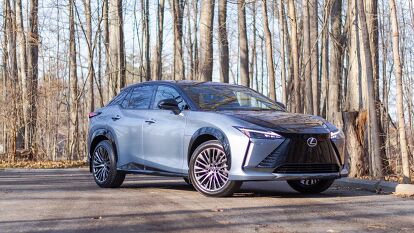





































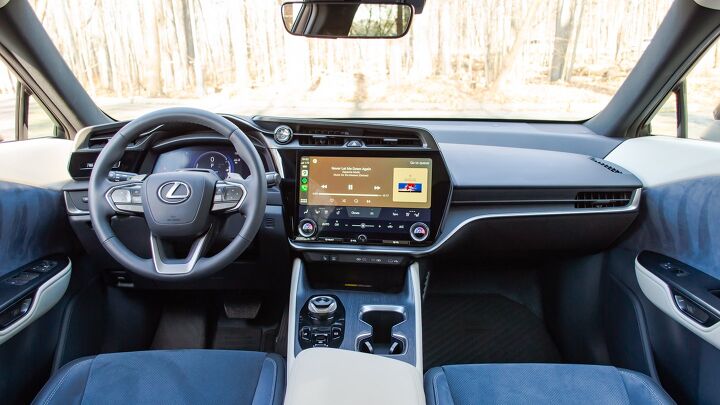



















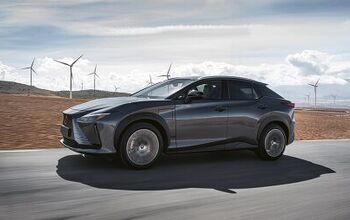
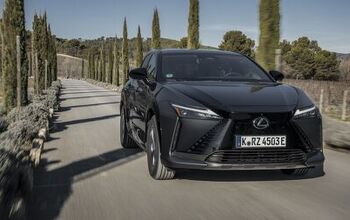
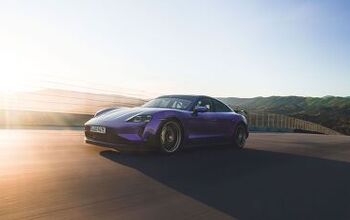
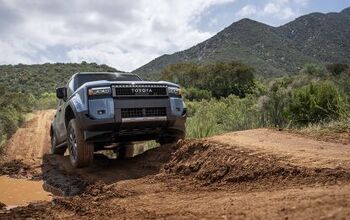

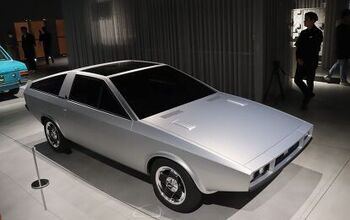



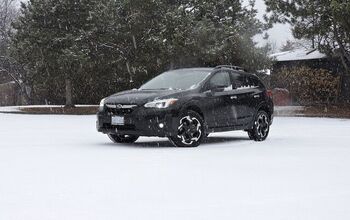
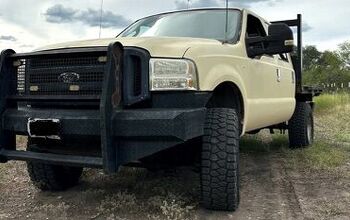


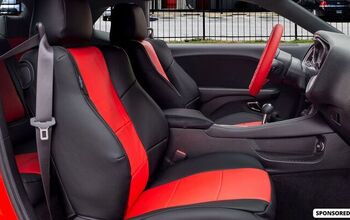

Comments
Join the conversation
cnice
Four times the price and half the range of a used Chevy Bolt. What am I missing here?